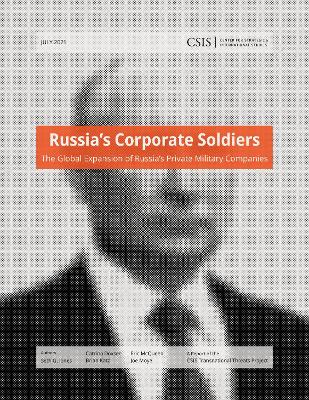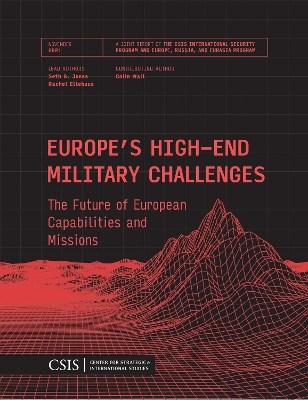CSIS Reports
3 total works
As this CSIS report highlights with new data and analysis, the IRGC-QF has supported a growing number of non-state fighters in Yemen, Syria, Iraq, Lebanon, Afghanistan, and Pakistan-including nearly a 50 percent increase since 2016. Thanks to Iran, these forces are better equipped with more sophisticated weapons and systems. This report also uses satellite imagery to identify an expansion of IRGC-QF-linked bases in countries like Iran and Lebanon to train non-state fighters. Iran has constructed more sophisticated and longer-range ballistic and cruise missiles and conducted missile attacks against countries like Saudi Arabia. In addition, Iran has developed offensive cyber capabilities and used them against the United States and its partners. In the nuclear arena, Iran has ended commitments it made to limit uranium enrichment, production, research, and expansion-raising the prospect of Iranian nuclear weapons.
Moving forward, the United States should implement a containment strategy against Iran that attempts to de-escalate the current military situation and work toward achieving several goals:
- Prevent Iran from becoming a regional hegemon capable of dominating other states in the Middle East.
- Stop nuclear proliferation in the region and prevent Iran from developing nuclear weapons, including thwarting Iran from pursuing weapons-grade uranium enrichment, warhead development, and plutonium reprocessing.
- Curb significant Iranian military, political, and ideological expansion in the region, including the export of Iran's revolutionary ideology.
- Encourage a process of change inside Iran toward a more pluralistic political and economic system in which the power of the clerical establishment is gradually reduced.
This report highlights a range of weaknesses that make Iran vulnerable to containment and lays out the political, military, economic, and informational components of such a strategy. The United States needs to credibly demonstrate that its policy toward Iran is not a blueprint for an endless struggle, but instead an effort to encourage Iran to be more democratic and open, as political and economic change must be driven by Iranians themselves.
Russia’s Corporate Soldiers
by Seth G. Jones, Catrina Doxee, Brian Katz, Eric McQueen, and Joe Moye
This report examines Russia’s growing use of private military companies (PMCs) to increase its influence through irregular means. In recent years, Moscow has expanded its overseas use of PMCs to countries such as Ukraine, Syria, Libya, Sudan, the Central African Republic, Madagascar, and Mozambique. Many of the PMCs operating...
Read moreThis report examines Russia’s growing use of private military companies (PMCs) to increase its influence through irregular means. In recent years, Moscow has expanded its overseas use of PMCs to countries such as Ukraine, Syria, Libya, Sudan, the Central African Republic, Madagascar, and Mozambique. Many of the PMCs operating in these countries, such as the Wagner Group, frequently cooperate with the Russian government—including the Kremlin, Ministry of Defense (particularly the Main Intelligence Directorate, or GRU), Foreign Intelligence Service (SVR), and Federal Security Service (FSB)—and perform a variety of combat, paramilitary, security, and intelligence tasks. However, many of these PMCs have a poor track record—including operational failures and human rights abuses—and there are opportunities to exploit PMC vulnerabilities. Although Russian PMCs present only one of a variety of national security threats and challenges facing the United States, this report assesses that they warrant a more substantive and coordinated response from the United States and its partners.
This CSIS report examines the evolution of European military capabilities over the next decade. It asks two main questions. What military capabilities might European allies and partners of the United States possess by 2030? And what types of military missions will these states be able (and unable) to effectively...
Read moreThis CSIS report examines the evolution of European military capabilities over the next decade. It asks two main questions. What military capabilities might European allies and partners of the United States possess by 2030? And what types of military missions will these states be able (and unable) to effectively perform by 2030? First, European militaries-including the largest and most capable European NATO members-will continue to struggle to conduct several types of missions without significant U.S. assistance. Second, European militaries will face significant challenges in the Indo-Pacific. Third, Europe's major powers will likely have the capability to conduct most types of missions at the lower end of the conflict continuum without significant U.S. military aid. To sustain progress and overcome remaining challenges, NATO will have to revise its burden-sharing metrics, modernize defense planning and procurement practices, and address lagging political will.


